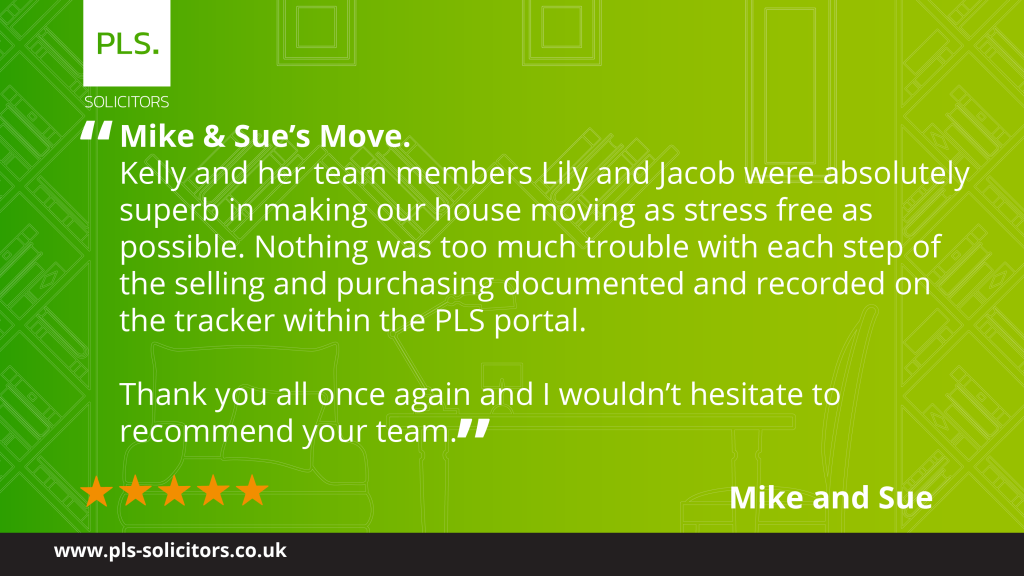The cost of moving in the UK, especially with 2023’s rise in inflation and increased mortgage rate rises, has been more challenging for homeowners.
This year over one million homeowners on fixed-rate mortgages will be renewing this year or, as new mortgage products come on board, can opt to renew or renegotiate their mortgage terms.
Following the Bank of England interest rate hike on 3rd August this year, over 1.4 million owners on variable rates* found themselves navigating the challenges of tracker and standard variable rate (SVR) mortgages. Consequently, they experienced an abrupt increase in their monthly mortgage payments. A mere two years ago, the typical two-year fixed-rate mortgage hovered at a comfortable 2.29%. However, in the present landscape, these rates have surged well beyond 6%, fuelling heightened apprehension among both homeowners and prospective sellers.
Remarkably, today, around 86% of all mortgages are firmly rooted in fixed-rate agreements. As a result, those with such arrangements can take solace in the fact that their monthly payments remain steady until the fixed-rate term ultimately concludes.
But for the 1.4 million on variable rates, monthly mortgage rates will have continued to rise. So, what does this mean when it comes to remortgaging?
Understanding Remortgaging
Remortgaging is the process of replacing an existing mortgage with a new one, typically from a different lender and with different terms. The primary motivations for remortgaging include:
Accessing Equity: Homeowners may choose to remortgage to access the equity built up in their homes. This equity can be used for home improvements, debt consolidation, or other financial needs. Rising property values have boosted homeowner equity, encouraging more individuals to tap into their home’s worth through remortgaging, useful finance in a ‘cost of living crisis’. However, this must be done with caution and the right mortgage lending advice from an expert broker or lender.
In this instance there are two options:
- Renew with your existing lender
- Source a new mortgage with a new lender
If you are looking for a new mortgage with a new lender, you will need to seek legal advice.
Switching to Fixed or Variable Rates: Borrowers often remortgage to switch between fixed-rate and variable-rate mortgages based on their financial goals and market conditions. If a current mortgage is coming to an end, homeowners may be forced to remortgage, finding a new product on similar terms to the previous rates in the current market is highly unlikely, but independent brokers will help to assess the best options available in today’s climate. Economic uncertainty will sometimes drive homeowners to secure better finance stability, moving onto a fixed rate will allow homeowners to budget effectively, whilst with the current rates, a variable or tracker rate may be a preferred short-term option.
Securing a Lower Interest Rate: One of the most common reasons for remortgaging is to secure a lower interest rate, which can result in reduced monthly mortgage payments. Given the recent rise in interest rates this is highly unlikely to be a current contributor, but historically, and perhaps in the years ahead, this is something homeowners can look to benefit from once again.
How does the remortgage process work?
Considering the personal financial situation is vital in the remortgage process as well as understanding what happens when a homeowner remortgages.
There are four key steps:
- Complete an Agreement in Principle – Most lenders will allow an online Agreement in Principle application to see if a lender is willing to lend the amount needed. This helps to understand the options available without choosing a specific deal.
- Considering the costs – It is important to make sure that a remortgage will result in a better position. Therefore, it is essential to consider costs such as application fees and valuation fees in the process.
- Applying for a new mortgage – Once the Agreement in Principle has been provided, the mortgage can be applied for. Various personal and financial information will be requested in addition to the details of the current mortgage.
- Completing a remortgage – The new lender will carry out a credit check and arrange to have the property valued. PLS can help with the transfer of the mortgage and complete the process.
How can PLS Solicitors help with a remortgage?
Remortgaging, as with any mortgage, whether you’re moving or staying in your current home, can be challenging. There is a legal process at the heart of any new mortgage. Some lenders include free legal costs as part of the new mortgage deal.
However, if you are looking to take a mortgage out with a new lender, you may need to seek your own legal advice. Our dedicated and knowledgeable team of conveyancers are on hand to answer any questions that you might have, and we always encourage our customers to seek out the right financial advice, exploring all options to know the best route for their circumstances.
We will then help you along that journey, to get your remortgage delivered on time.
Buyers, and those remortgaging should make decisions according to their respective personal requirements after taking expert advice.
Get in touch today to see how we can help.
*Source: Guardian, August 2023


